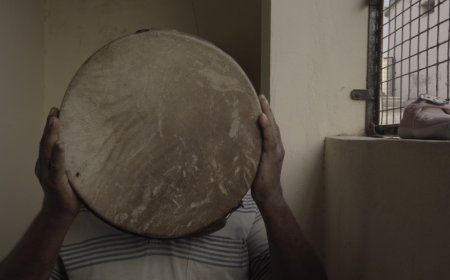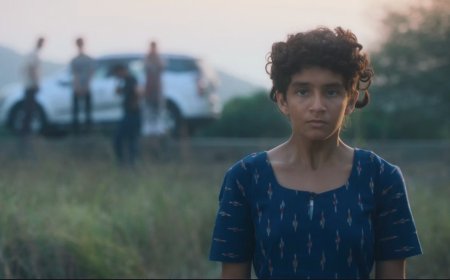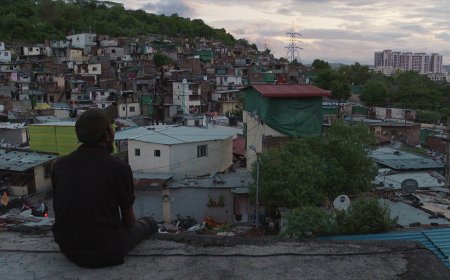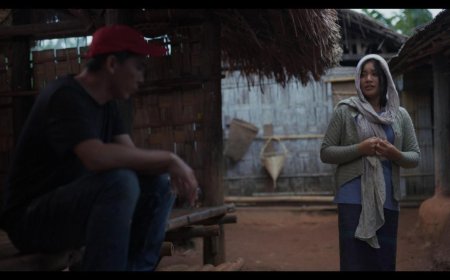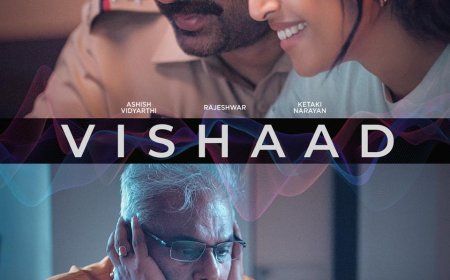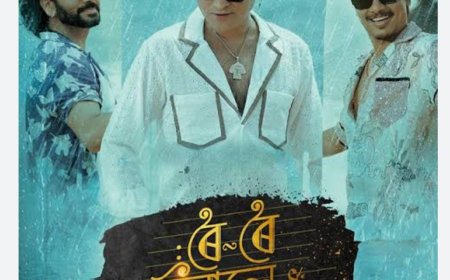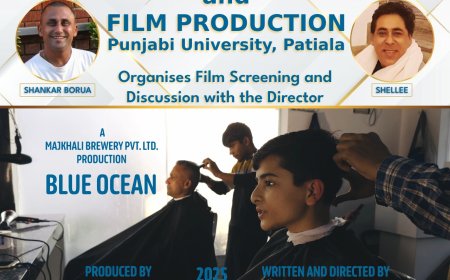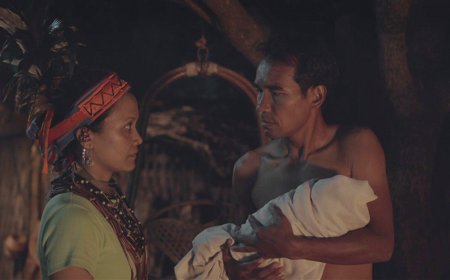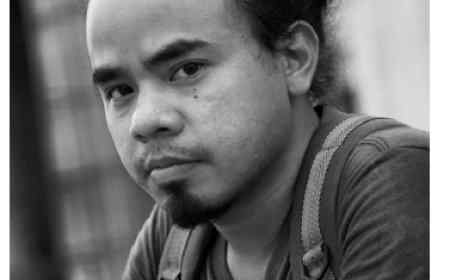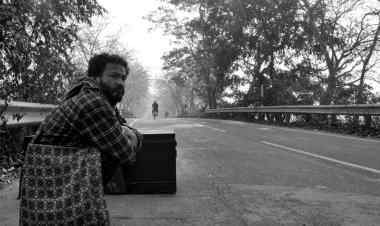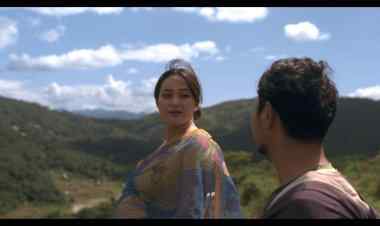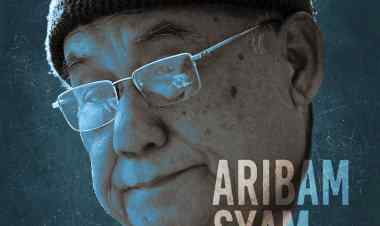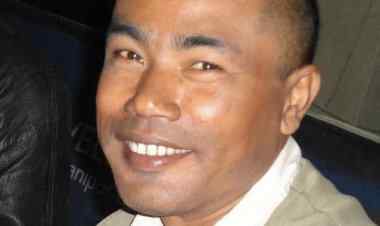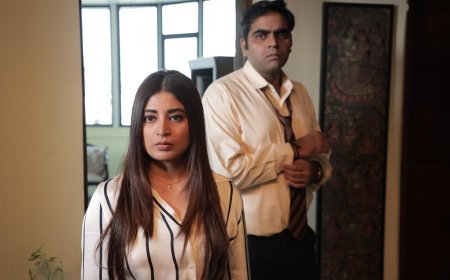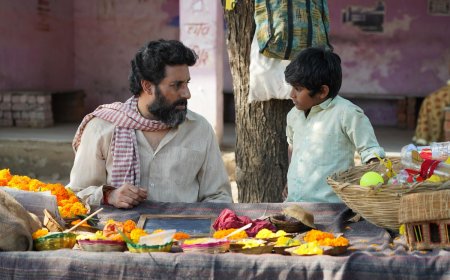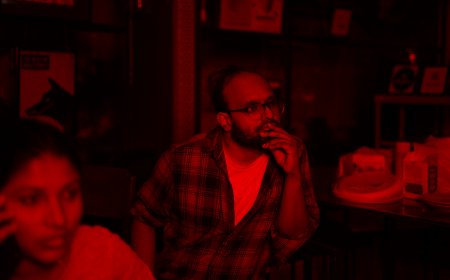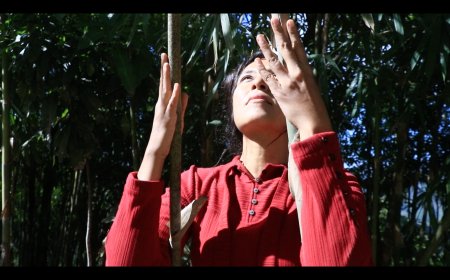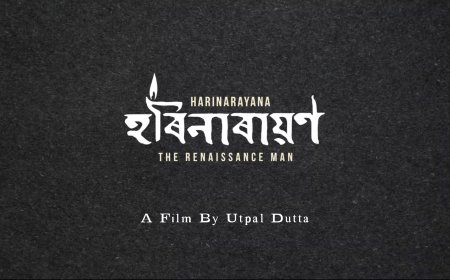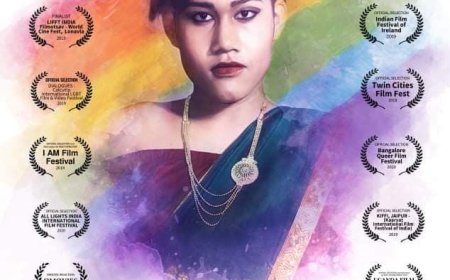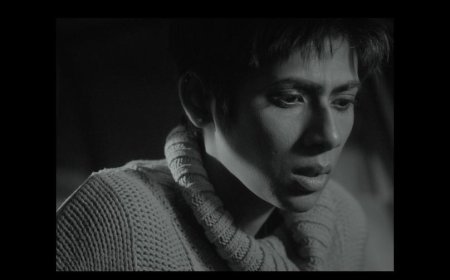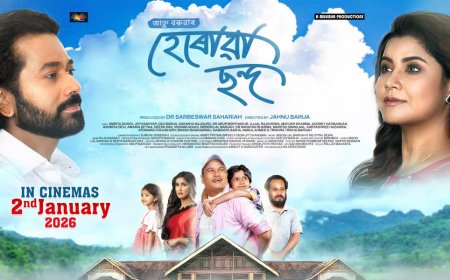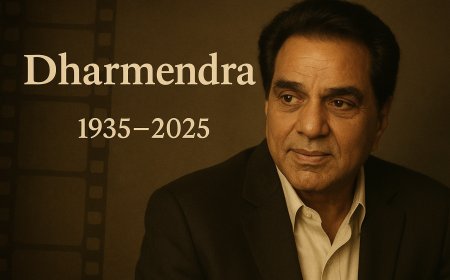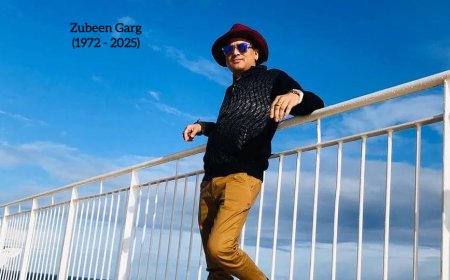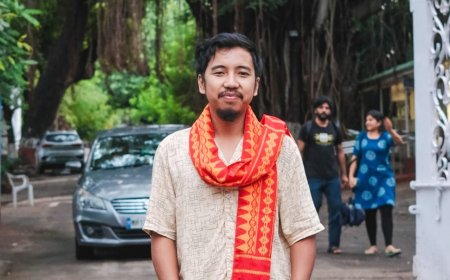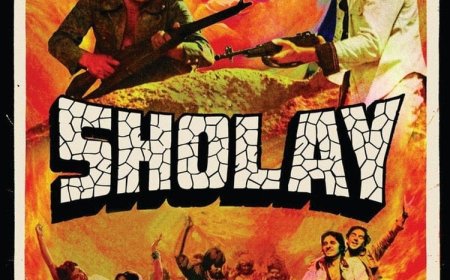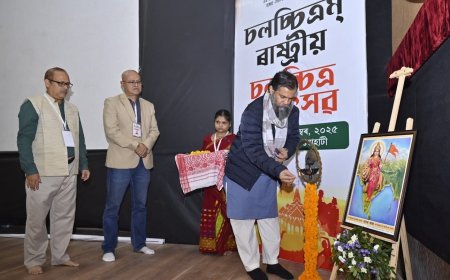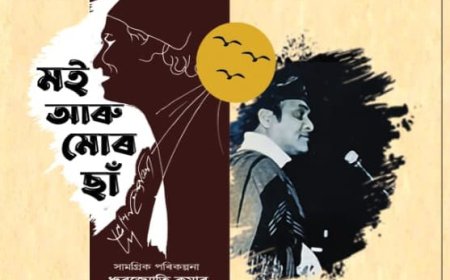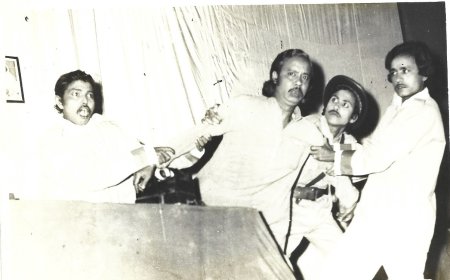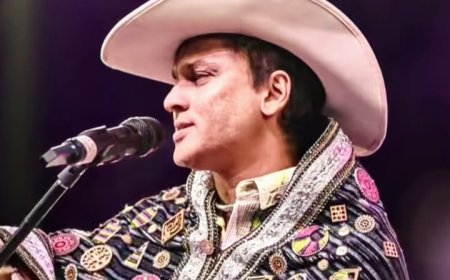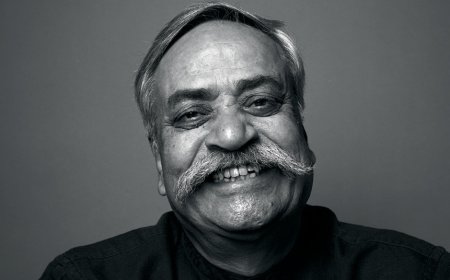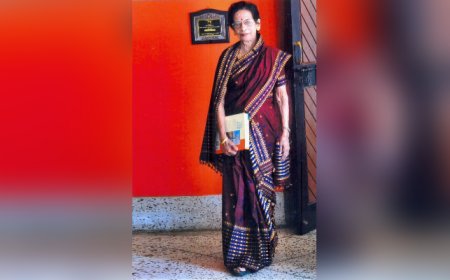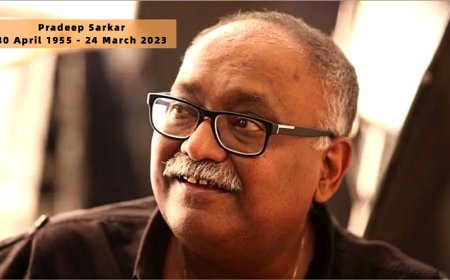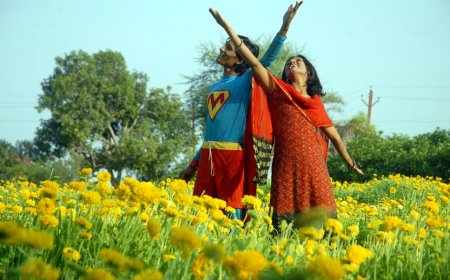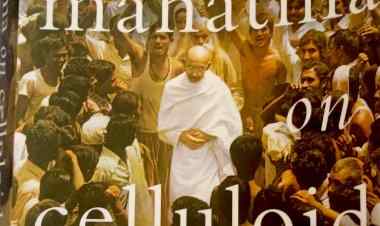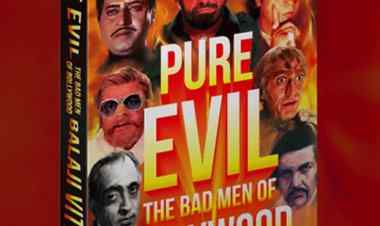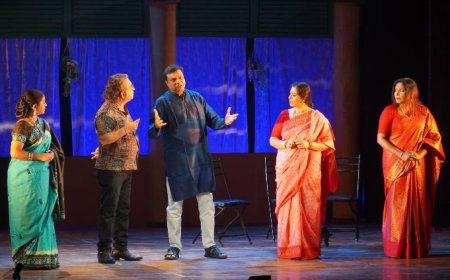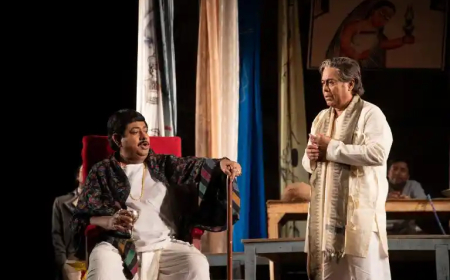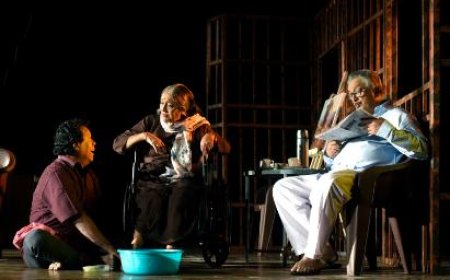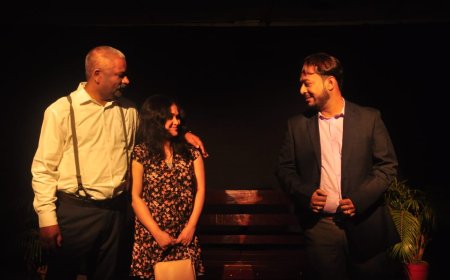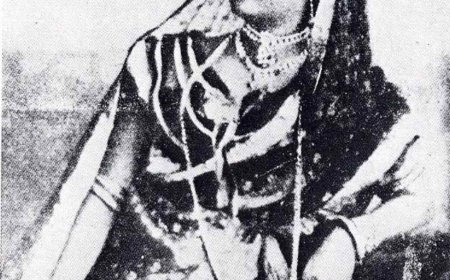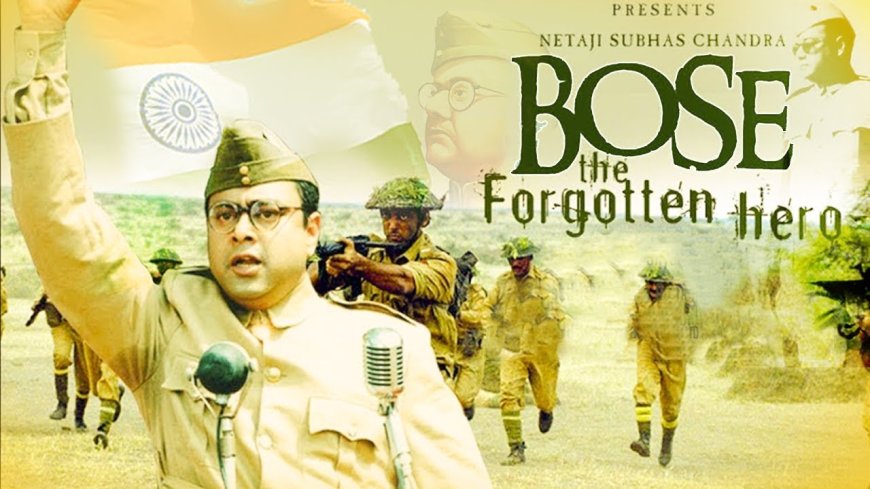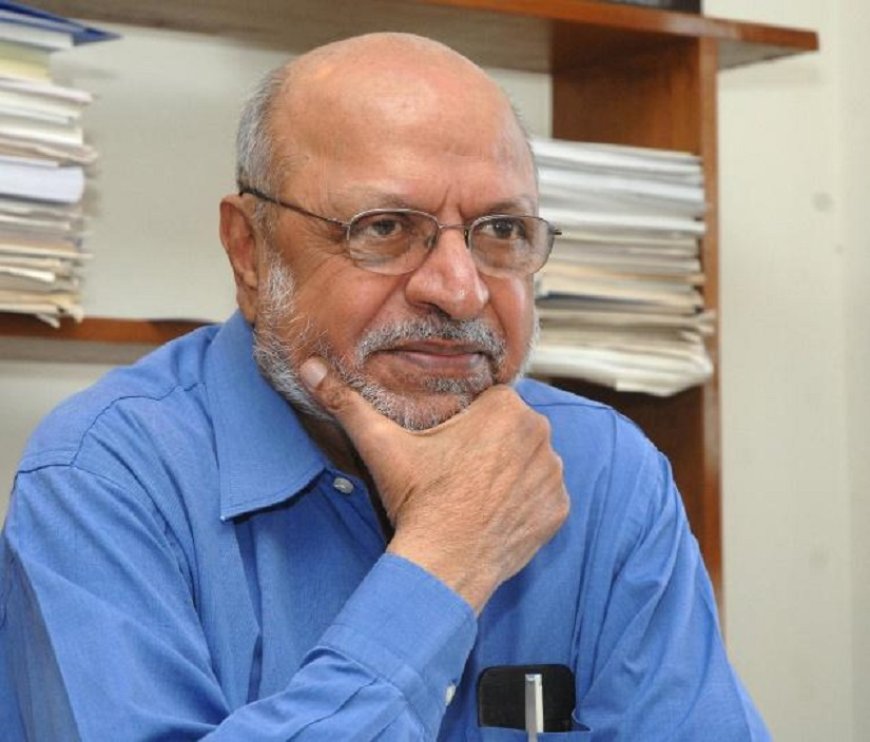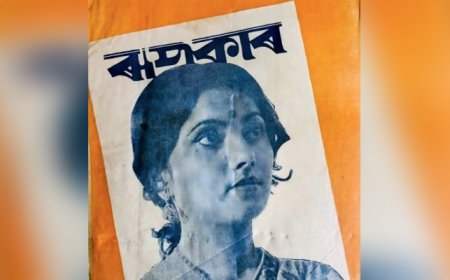SHYAM BENEGAL AND HIS FILM ON NETAJI
Dr. Shoma A. Chatterji provies a tribute to Shyam Benegal through a looking back at his fictionalised film on NETAJI - THE FORGOTTEN HERO.
Shyam Benegal had a strange fondness for history. History of a different kind though. He pickedpeople from history and presented some little-known phases from their lives in the language he knew best – the language of cinema. He did this in his brilliant, three-part television documentary on Pandit Jawaharlal Nehru. He repeated this when he did that film on Mahatma Gandhi. It was a pleasant surprise to watch, for once, the Father of the Nation much before he earned the honoured sobriquet – as husband and father about who wife Kasturba and his eldest son had many complaints. This time, Benegal set his sights on the most enigmatic and controversial figures of Indian history – Netaji Subhash Chandra Bose.
A small ceremony preceded the shooting at Netaji Bhavan. This was held in front of thehistorical tree that had witnessed many meetings organized and held by Netaji as leader of INA. A small group of members from Netaji’s family were present to honour the occasion and pay their respects to the leader. "This is the place where Netaji held so many important meetings and discussed many nationalistic issues," said Shyam. The old silver Volkswagon on which Netaji made the 'great escape' stood like a forlorn figure in the compound.“I cannot use this vehicle in the film because it does not run any more. But I have found another vehicle which looks just like this one. I am going to use that one in the film," he informed the gathering.
The camera rolled for the first time forNetaji – The Last Hero, on the birth anniversary of Netaji, on January 23 at Calcutta’s Presidency Jail where Netaji was imprisoned for some time. “Netaji was an extra-ordinary individual with a remarkable vision of independent India. He has never been fully credited with the contribution he made towards achieving India’s independence. The vitality and energy he brought to bear in creating the Indian National Army, which fought courageously against all odds, persuaded the colonial authority to recognize that India could no longer be kept under Imperial domination. I have been working on the project for the last three years and thanks to Sahara, it is actually happening now,” informed Benegal. "I have a very clear plot in mind -- the last five years of Netaji's life that we know – 1941 to 1945 to be precise minus the controversy over his death. The film will talk about his entire life, but in flashbacks. I don't think leaving out the controversy over his death affects the film. This is my patriotic mission. My endeavour is to portray the spirit and values he stood for. It deals with the last five years of his life. It is also a great adventurous story from the time he escaped from Calcutta and built an army of 80,000 fighting men within a short period," said Shyam to this writer.
“I depended on the Netaji Research Bureau and other independent sources for my research for the film and now I am happy to be shooting it in Calcutta where Netaji spent some of the most significant years of his life,” he said. Benegal’s association with Netaji however, is traced back to his childhood days when, as a young boy, he was initiated into the courage and the leadership potential of one of the most ignored men in the history of our country – Subhash Chandra Bose. “My uncle Ramesh was a member of Netaji’s Tokyo Cadet. As a young boy growing up in Hyderabad, he would regale me with stories of thrills and adventure picked directly out of the experiences of the Azad Hind Fauj. One day soon after World War II had ended, my uncle and I stood on the shores of a Mumbai beach, waiting for the return of Netaji after his release as a prisoner of the British. The seeds for this film might have been sown then, I do not know. During the Eighties, I had come to Calcutta for some research on my film on Nehru. I met Dr. Sisir Kumar Bose, the head of the Netaji Research Bureau and took a close look at the historical documents and objects within the Bureau, representing episodes in the life of a great man. I had wished to make a film on the Indian National Army for a long time. For one reason or another, these ideas never took concrete shape. And then, Sahara Pariwar happened,” explained Benegal.
Shama Zaidi and Atul Tiwari, who have worked with Benegal for several films, had written the script, the screenplay and the dialogues. A. Rehman wrote the musical score for the film and Javed Akhtar created the lyrics. Rajan Kothari was in charge of the cinematography and the audiography was taken care of by Ashwyn Balsavar. The art direction and production design was by Samir Chanda, also a Benegal favourite, while Pia Benegal, Shyam’s daughter, was designing the costumes. Rolf Kanies, a German actor, was slated to play the role of Adolf Hitler.
The choice of who would play Netaji remained a tricky question for some time. There were names thrown up and rejected one by one. Anupam Kher, Paresh Rawal and Rajit Kapoor were some of the actors conceived of initially to portray Netaji. One news clip also mentioned Raj Babbar as a contender. Sachin Khedekar, noted television actor who did character roles in Hindi films like Ghulam and Astitva was the final choice. “We eventually decided not to pick a much known face as it could hamper the portrayal and acceptance of the character.” Paresh Rawal had already played Sardar Patel while Rajit Kapoor had played Gandhi while Anupam Kher’s was too familiar a face on the big screen. Sachin had to shave off his thick head of hair for the role the shoot of which might need to go on for at least one year. “Jishu Sengupta was recommended to me by my production designer Samir Chanda.”
Benegal was in Kolkata to shoot during the first fortnight of the shoot. The film was also shot in Myanmar, Malaysia, Uzbekistan and Japan. The budget of the film, according to Sahar Pariwar sources, is said to have been Rs.10. With a book to his name written by Sangeeta Dutta commissioned by the British Film Institute, and this ambitious film under his belt, Benegal had reason to feel happy. The only time it occurred to a filmmaker to focus on the life of Netaji was in 1966 when the late Pijush Bose made Subhash Chandra in Bengali with the late Abhi Bhattacharya portraying Netaji. But the message did not reach the nation because of the linguistic limitations of the film.
*****
What's Your Reaction?







